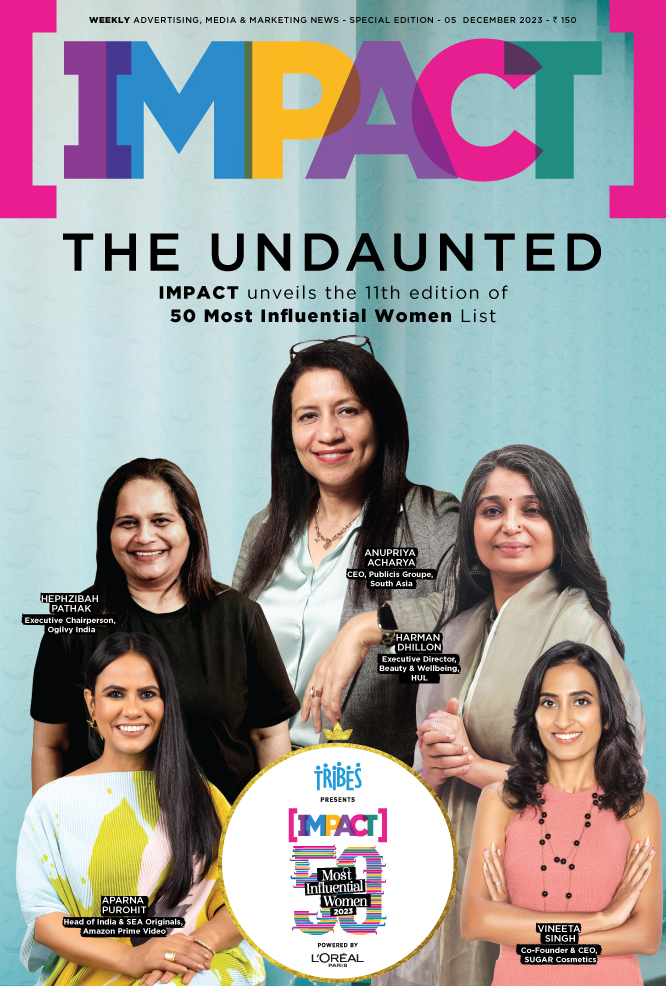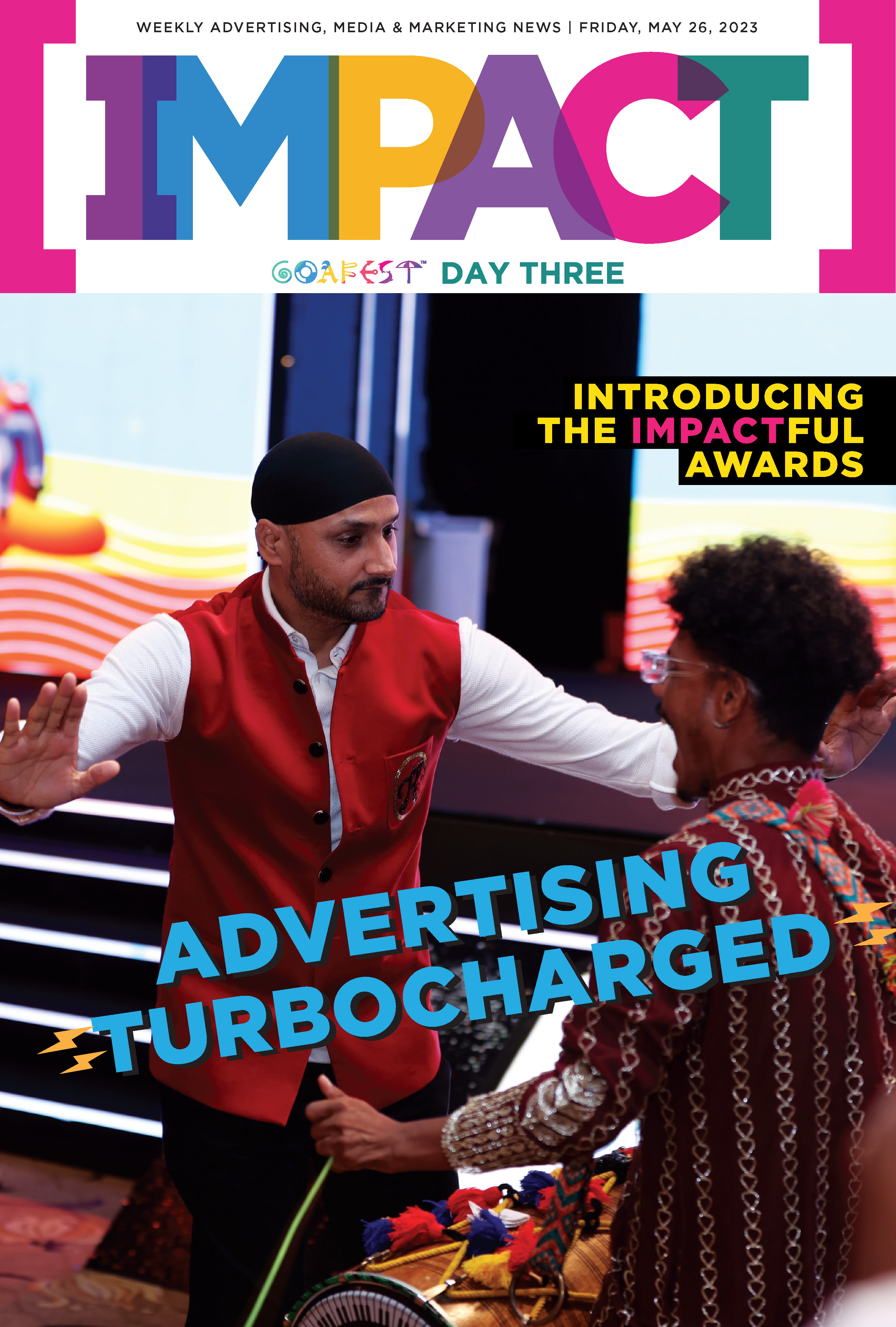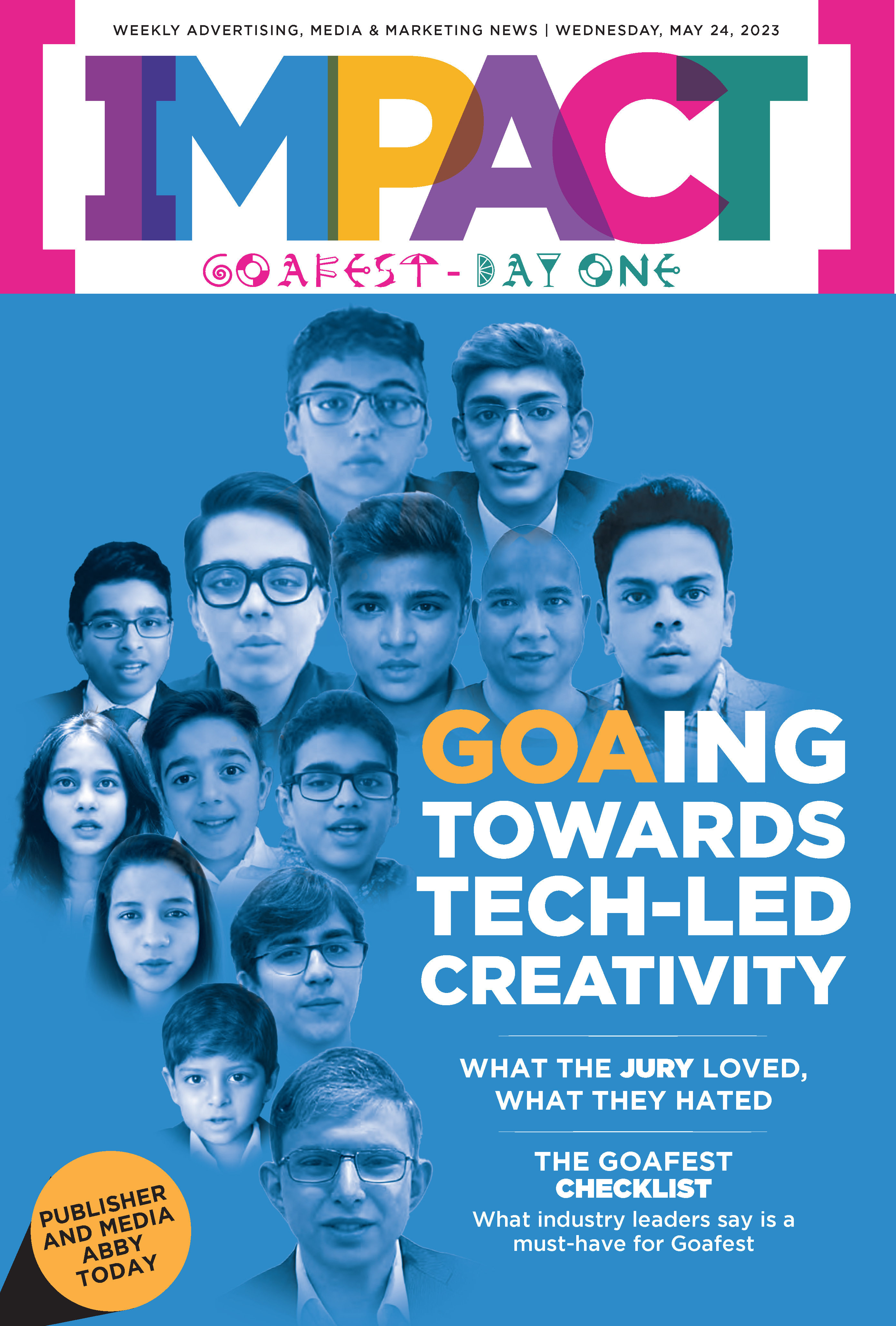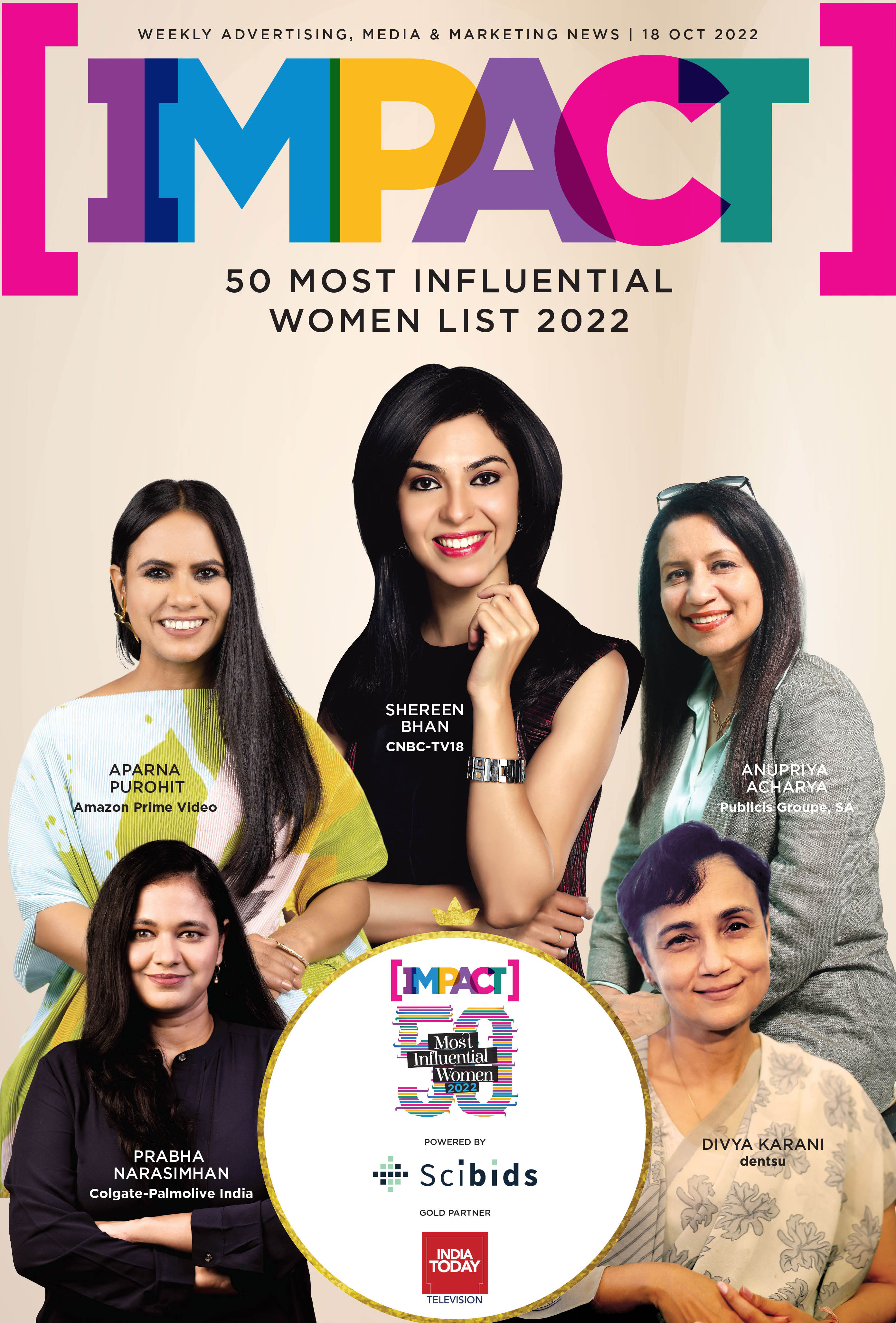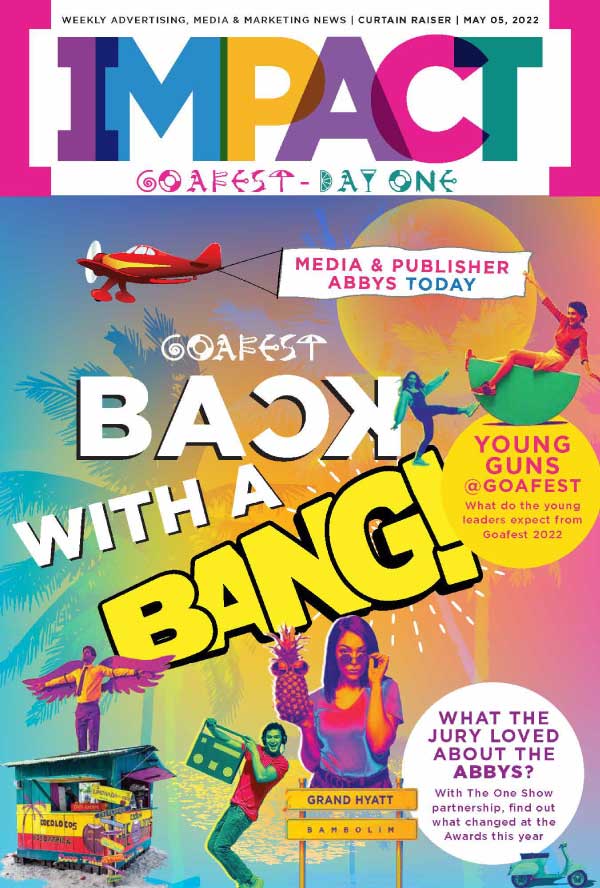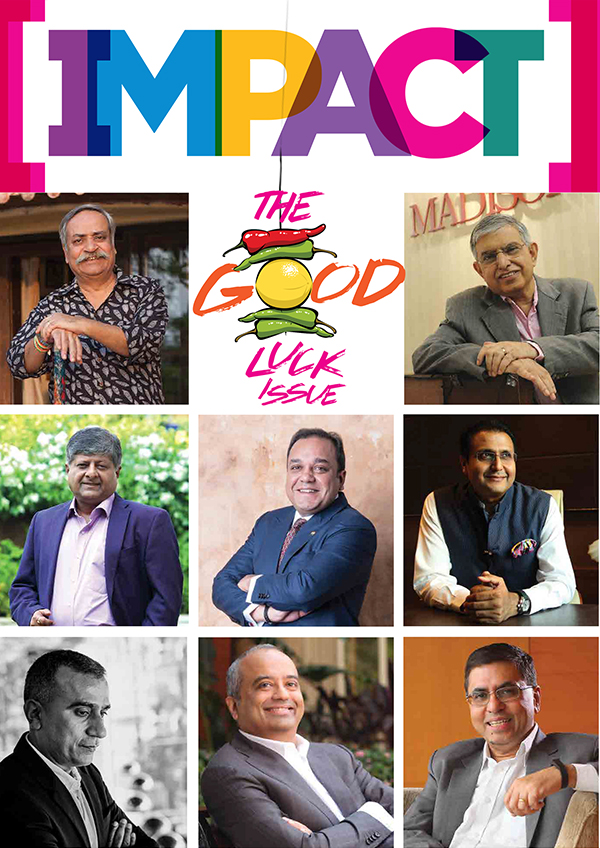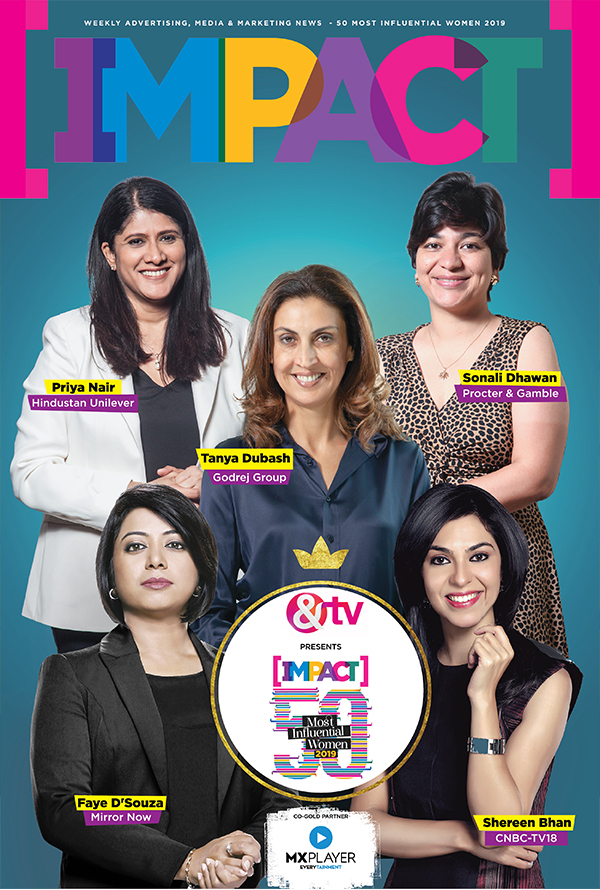In a marketing landscape addicted to speed, where brands scramble to spin the smallest celebrity moment into a campaign, something unexpectedly refreshing unfolded.
Three weeks ago, when Zohran Mamdani, New York City’s newly elected Mayor, casually mentioned that he met his wife, artist Rama Duwaji, on Hinge, the internet waited for the predictable: a cheeky post, a tactical ad, a smug victory lap. Instead, Hinge chose silence. No tweet. No reel. No ‘We did that.’
And that silence wasn’t accidental; it was brand-aligned. Scroll through Hinge’s Instagram grid and you’ll find nine stark white posts bearing the app’s core promise: “Designed to be deleted.” The mission is clear: help people find a partner, then get out of the way.
The dating app, hasn’t posted anything on its global social channels since 2020.
Pragati Rana, Head of Originals at the Regional Creative Office–West and Founding Partner at tghtr., says that brand responses to cultural moments have become “the new normal.” When done right, she adds, these moments can communicate the brand’s values with precision. “Brands should respond to moments, not react to them,” she adds.
Rana explains that sometimes a brand’s silence is deliberate. Not every cultural moment adds meaning or aligns with a brand’s identity; forcing a fit can erode credibility. “Silence protects brand integrity and its values,” she says.
In cases involving public figures, politics, or emotionally charged cultural events like a newly elected mayor, silence can be even more strategic. Responding can unintentionally signal endorsement, alignment or bias. “Choosing a point of view is choosing a side,” Rana notes. “Sometimes, choosing neutrality is the smartest move a brand can make.”
Mithila Saraf, CEO, Famous Innovations, notes that silence can be a powerful signal of confidence. It shows that a brand understands who it is and doesn’t need constant validation through quick, reactive posts.
“In a world where everyone jumps to respond instantly, deliberate silence can feel refreshing and intentional,” she mentions.
Saraf explains that when brands chase every trend, their voice starts to blur into the noise, making their core values harder to recognise. “Over time, this habit weakens the brand narrative and creates a scattered, inconsistent identity,” she highlights.
Saraf states that being selective helps maintain clarity. It ensures that every message aligns with the brand’s long-term story instead of short-lived cultural waves. “Silence, when used thoughtfully,” she adds, “becomes a way of protecting the brand’s long-term identity.”
Founded by Justin McLeod in 2013, Hinge was born out of a personal heartbreak and has long positioned itself as a relationship-focused app built for meaningful connections.
Toru Jhaveri, Founder of The Stuff of Life, says that knowing when to hold back can signal confidence and clarity. But in increasingly polarised times, the same moment can mean very different things to different consumers. Sometimes, saying nothing is the safest choice unless a brand is ready to take a clear stand on a hot-button issue.
Silence: The New Power Move in Marketing
There is a growing shift toward what many marketers describe as ‘strategic restraint’ or ‘minimalist marketing,’ particularly among large brands and those catering to Gen Z.
As audiences become more aware of and often fatigued by constant trend-jacking and reactive content, brands are recognising the value of speaking less but with greater intention.
Rana notes that ‘restraint’ or minimal-reactive marketing is increasingly becoming a defining behaviour among younger brands and audiences. “In this landscape, choosing not to react stands out. Silence, she explains, isn’t a lack of interest; it’s a sign of discernment, a brand recognising when its voice adds meaning and when staying quiet preserves its clarity,” she highlights.
Jhaveri adds that this isn’t so much an emerging trend as it is a shift in mindset. She says more brands today are questioning ROI and real effectiveness.
Saraf notes that restraint is emerging as a counter-trend because audiences are increasingly fatigued by constant noise. Brands that choose to respond thoughtfully rather than instantly, she says, often appear more mature and trustworthy. In a culture obsessed with hot takes, silence has become the rarest flex. Maybe that’s the future of marketing: not louder, not faster, but wiser.


















